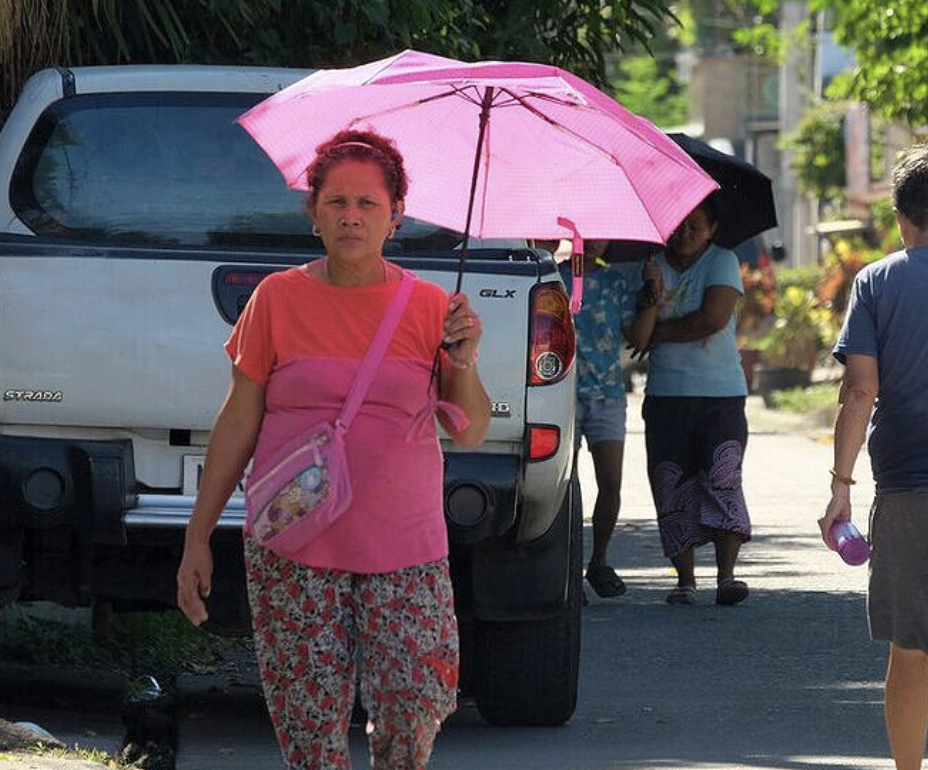The unique challenge of Southeast Asia and other tropical countries is the combination of high temperatures and humidity levels, along with sustained exposure to these conditions. Many tropical areas experience extreme heat for at least three months of the year (maximum daily heat index greater than 32.2°C/90°F) while recording less than 10 traditionally defined heatwaves over a 33-year period. This demonstrates that traditionally defined heat waves differ fundamentally from chronic heat, which are prolonged periods of elevated temperatures.
Chronic heat exposure has broad and cumulative impacts on health, affecting daily life, worker productivity, wellbeing, and long-term health. Prolonged exposure can cause ongoing heat stress and exhaustion, exacerbate chronic conditions such as cardiovascular and respiratory diseases, increase mental health issues, and lead to chronic kidney disease of unknown origin.
Vulnerable populations are disproportionately affected, including those with poor housing, low income, pre-existing health conditions or occupational exposure. Because these factors often intersect, addressing chronic heat requires long-term, systemic changes beyond short-term emergency responses. By addressing the root causes of vulnerability and prioritizing their livelihoods, communities can be empowered to take control of their own health and well-being, which ultimately enhance the effectiveness of heat management measures.
Metrics such as the heat index and wet‑bulb globe temperature (WBGT) estimate human heat stress: the heat index combines air temperature and relative humidity to approximate how temperature feels to the human body, while WBGT integrates dry‑bulb temperature, natural wet‑bulb temperature, and black globe temperature to comprehensively account for air temperature, humidity, wind, and solar radiation. In the Philippines, the Department of Science and Technology-Philippine Atmospheric, Geophysical and Astronomical Services Administration developed a heat index monitoring system in 2010, which relies on 73 stations and forecasting capabilities to track heat across the country year-round.
